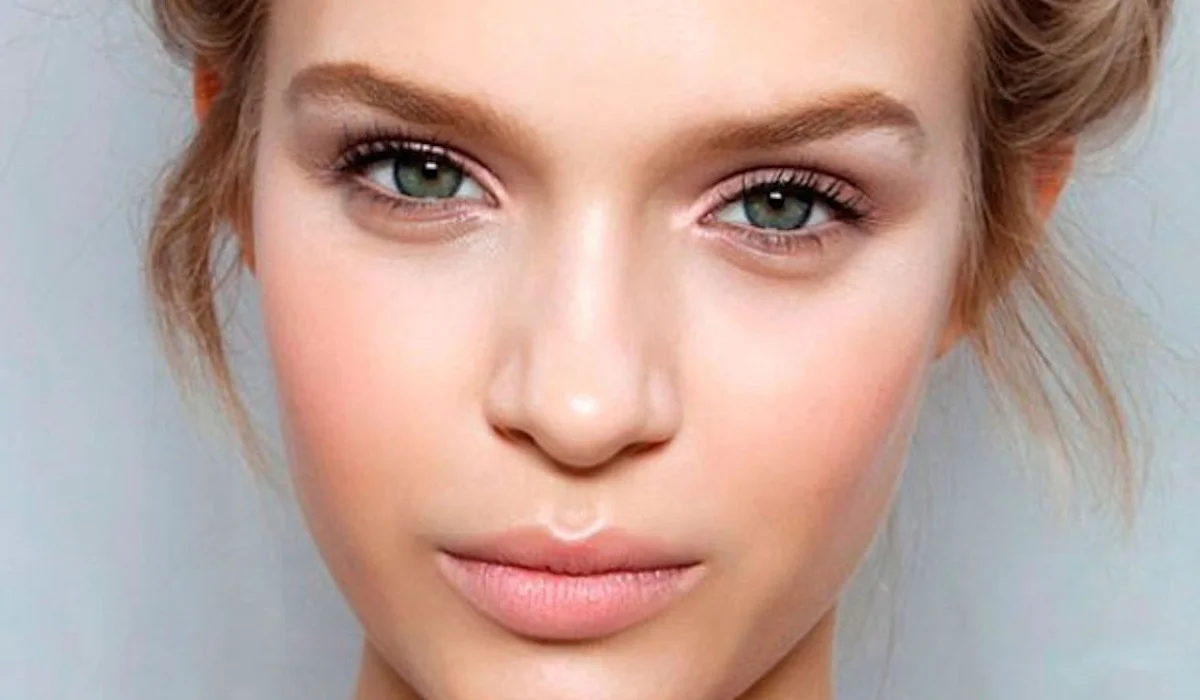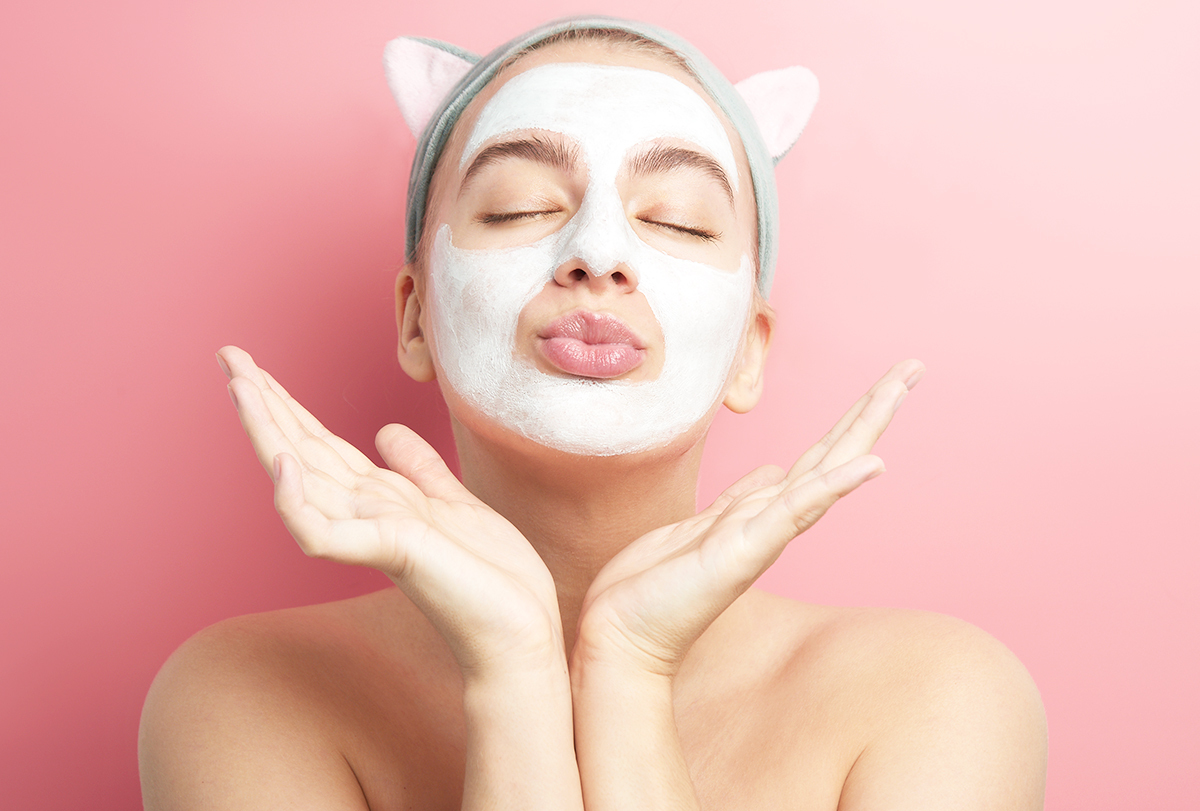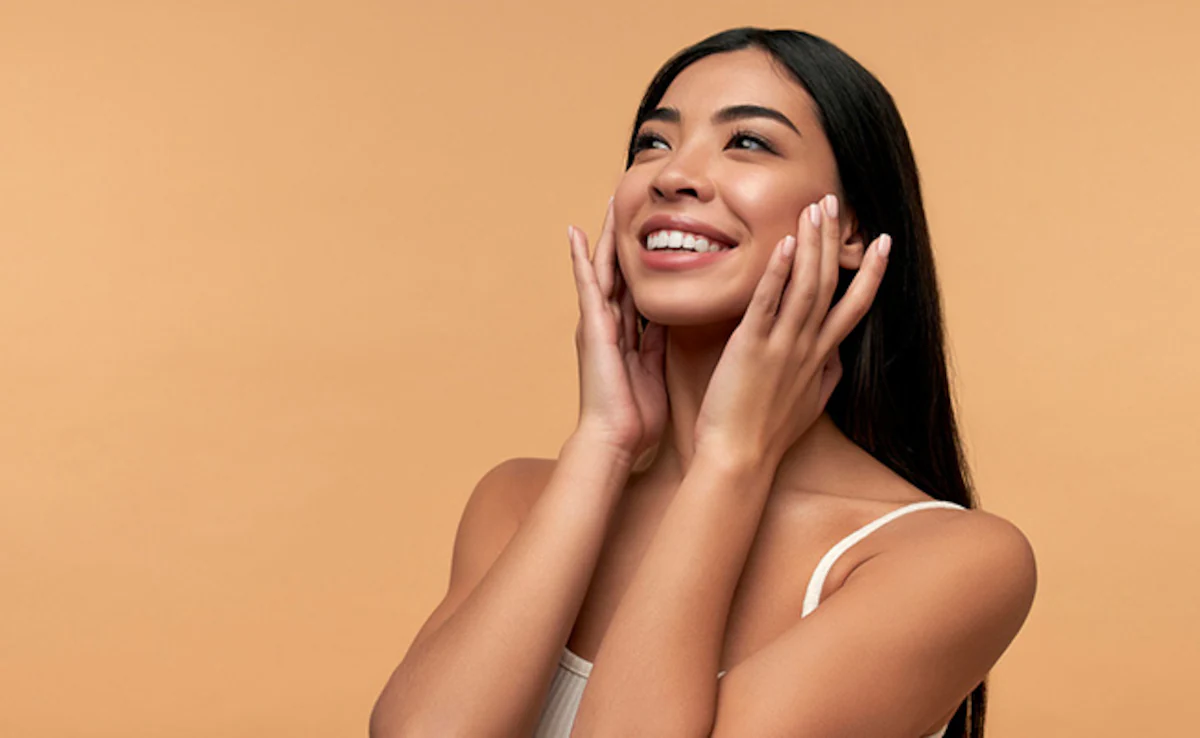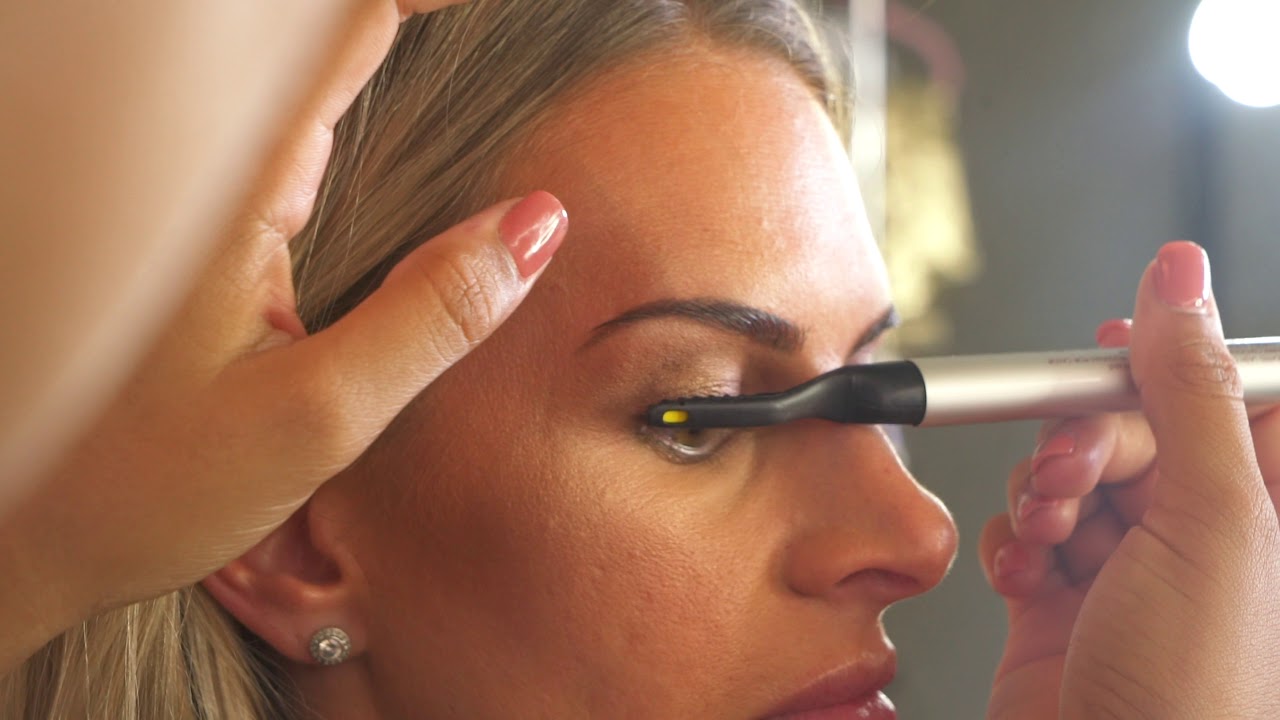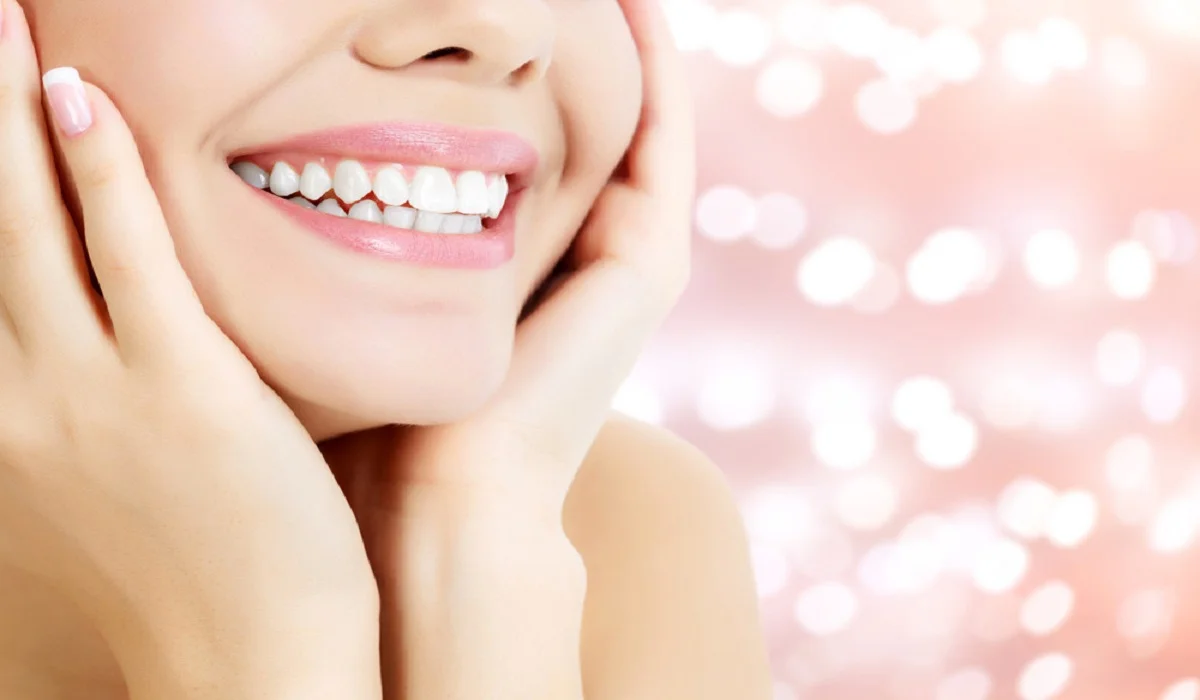Hair dyeing is a common practice for both enhancing one’s appearance and expressing individuality. However, like any beauty treatment, it comes with its set of advantages and disadvantages. This article delves into the various aspects of hair dyeing, offering insights into what you need to know before deciding to color your hair.
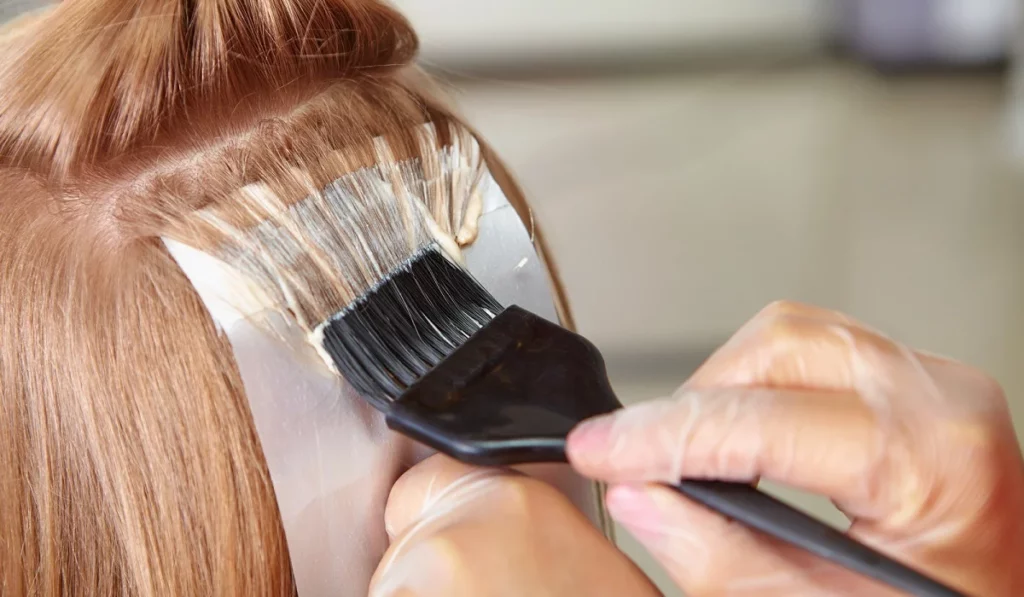
Understanding Hair Dye
Hair dye comes in various forms, each serving different purposes and offering different results. From temporary sprays to permanent color changes, understanding how hair dye works can help you make better choices for your hair health and appearance.
Pros of Hair Dye
Enhancing Your Look
Hair dye can dramatically change your look, giving you a new level of confidence. Whether you’re covering grays or just looking for a change, the right hair color can enhance your features and skin tone.
Covering Gray Hair
For many, hair dye is a means to cover gray hair, helping to maintain a youthful appearance and feel more comfortable with their looks.
Experimentation with Colors
Hair dye offers the freedom to experiment with different colors, allowing you to express your personality and style in unique ways.
Boosting Self-Confidence
A new hair color can significantly boost self-confidence, making individuals feel more attractive and refreshed.
Cons of Hair Dye
Potential Damage to Hair
Chemical dyes can damage hair, leading to dryness, breakage, and loss of natural shine.
Allergic Reactions
Some individuals may experience allergic reactions to the chemicals found in hair dyes, which can range from mild irritation to severe health issues.
Maintenance and Cost
Colored hair requires more maintenance, including regular touch-ups and specialized hair care products, which can become costly over time.
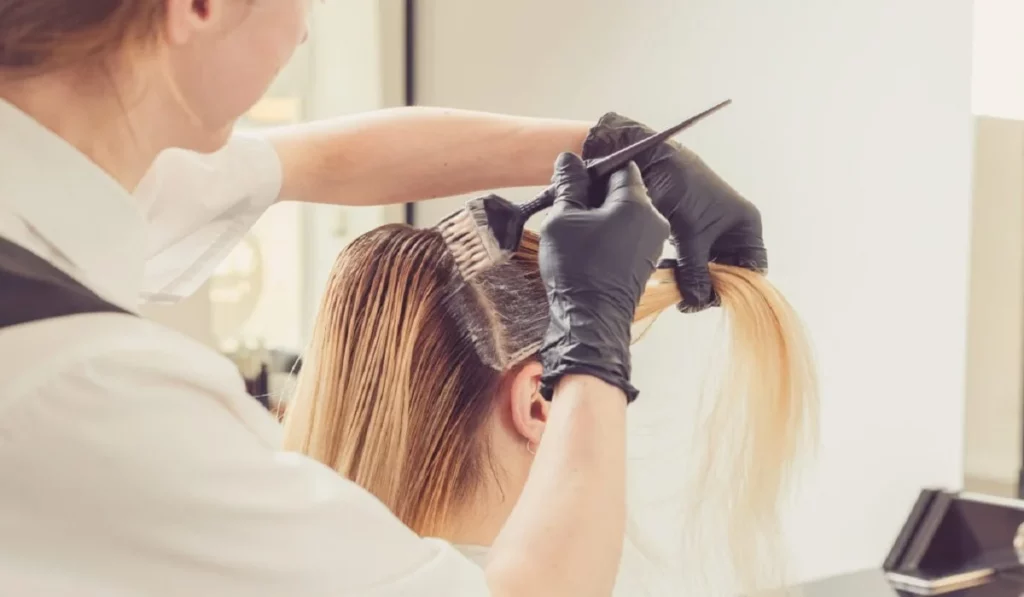
Limitations on Color Changes
Frequent dyeing and drastic color changes can further damage hair and may not always produce the desired results due to underlying pigment and hair condition.
Choosing the Right Hair Dye
Understanding the differences between permanent, semi-permanent, and temporary dyes, as well as natural versus chemical options, can guide you to the best choice for your hair health and styling needs.
Preparing Your Hair for Dyeing
Proper preparation, including assessing your hair’s condition and applying pre-dye treatments, can minimize damage and enhance dye uptake for better results.
Application Tips for Best Results
Whether opting for a professional application or a DIY approach, following the product instructions, conducting a patch test, and using the right tools are crucial for achieving the best and safest results.
Post-Dye Hair Care
Maintaining your hair’s health and color post-dyeing involves using conditioning treatments and color preservation techniques to extend the life of your new hue.
Alternatives to Traditional Hair Dye
For those concerned about the chemicals in traditional dyes, alternatives like henna or color depositing shampoos and conditioners offer a safer way to change hair color.
Making an Informed Decision
Before diving into hair dyeing, consider your needs, lifestyle, and the potential impact on your hair. Consulting with a professional can provide personalized advice and ensure you make an informed decision.
Dyeing your hair can be an exciting way to change your appearance, but it’s important to weigh the pros and cons. By understanding the potential impacts on your hair and health, preparing properly, and caring for your dyed hair, you can enjoy the benefits of a new hair color while minimizing the drawbacks. Remember, embracing change with awareness and care is key to maintaining both your hair’s health and your overall satisfaction with the results.
- What’s the safest type of hair dye?
- How often should I dye my hair to avoid damage?
- Can hair dye cause long-term health issues?
- What are the best practices for hair care after dyeing?
- How can I choose the right color for my skin tone?

